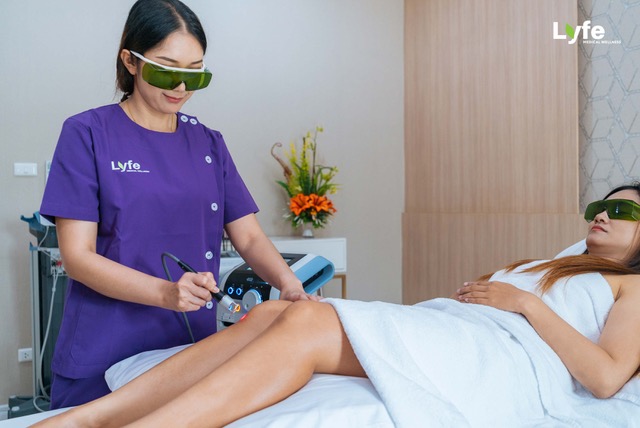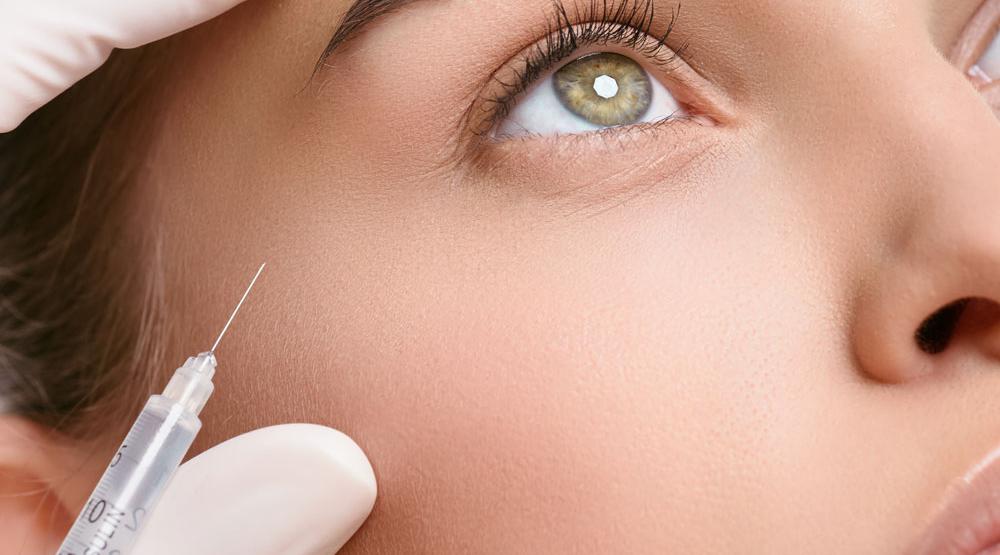
Growing Number of Aesthetic Surgeries Strengthening Medical Lasers Market
Global medical lasers market is forecasted to attain a size of $12.1 billion by 2023, P&S Intelligence.
The increasing adoption of medical lasers in aesthetic medical procedures, surging prevalence of age-related ophthalmic disorders, and technological advancements are some of the reasons behind the growth of the medical lasers market.
In 2016, the market generated a revenue of $5.1 billion, and it is predicted to attain a size of $12.1 billion by 2023, progressing at a CAGR of 13.4% during 2017–2023 (forecast period). Medical lasers use sharp, focused light to remove or treat tissues. Laser is short for light amplification by stimulated emission of radiation.
Based on product, the medical lasers market is categorized into solid-state laser, and diode, gas, and dye laser systems. Out of these, in 2016, the solid-state laser system category registered the dominating revenue share of 38.2% in the market, and it is predicted to maintain its dominance during the forecast period. This is attributed to the higher reliability, lower cost, smaller design, and prolonged life span of these systems. Additionally, the heavy adoption of these systems in dermatology treatment is being witnessed as another key factor behind its dominating position.
On the basis of application, the medical lasers market is mainly classified into dermatology, dentistry, urology, and gynecology. Among these, during the historical period (2013–2016), the dermatology classification led the market in terms of revenue, and it is expected to continue leading it during 2017–2023. This is ascribed to the growing volume of various aesthetic treatments. Besides, the increasing patient awareness and rate of minimal and non-invasive treatments are predicted to contribute to the growth of this classification during the forecast period.
However, the dentistry classification is projected to witness the fastest growth at a CAGR of 17.5% during 2017–2023 in the medical lasers market, owing to the increasing incidence of dental caries, tooth loss, and other periodontal diseases. Further, due to the surging demand for lasers in various application areas of medicine, including ophthalmology and cardiology, manufacturers are rapidly introducing advanced technologies to provide quality treatment. Additionally, the miniaturization of the devices is leading to their reducing cost, which is predicted to broaden the scope of lasers in clinical applications.
The surging aging population is resulting in the growing occurrence of age-related eye disorders, such as diabetic retinopathy, presbyopia, macular degeneration, and cataract. As per the World Health Organization’s latest estimate, approximately 51.0% or 20.0 million cases of blindness around the world are due to cataract. Based on the data collected from Medicare claims, nearly 61 out of every 1,000 people aged 65 and above go for cataract surgery. Furthermore, since the past few years, the medical lasers market has grown because of the rising popularity of medical aesthetics.
People are now ready to spend good money on medical procedures to improve their appearance and look younger. As per the United States Census Bureau, out of the 289.0 million people in the U.S., around 121.0 million need some form of vision correction. Similarly, as per the American Academy of Facial Plastic and Reconstructive Surgery, approximately 80.0% of board-certified facial plastic surgeons reported a rise in the number of non-invasive cosmetic procedures, as consumers are looking forward to delay the effects of aging.
Thus, it can be concluded that the growing popularity of medical aesthetic treatments and technological developments are playing a significant part in the growth of the market.




